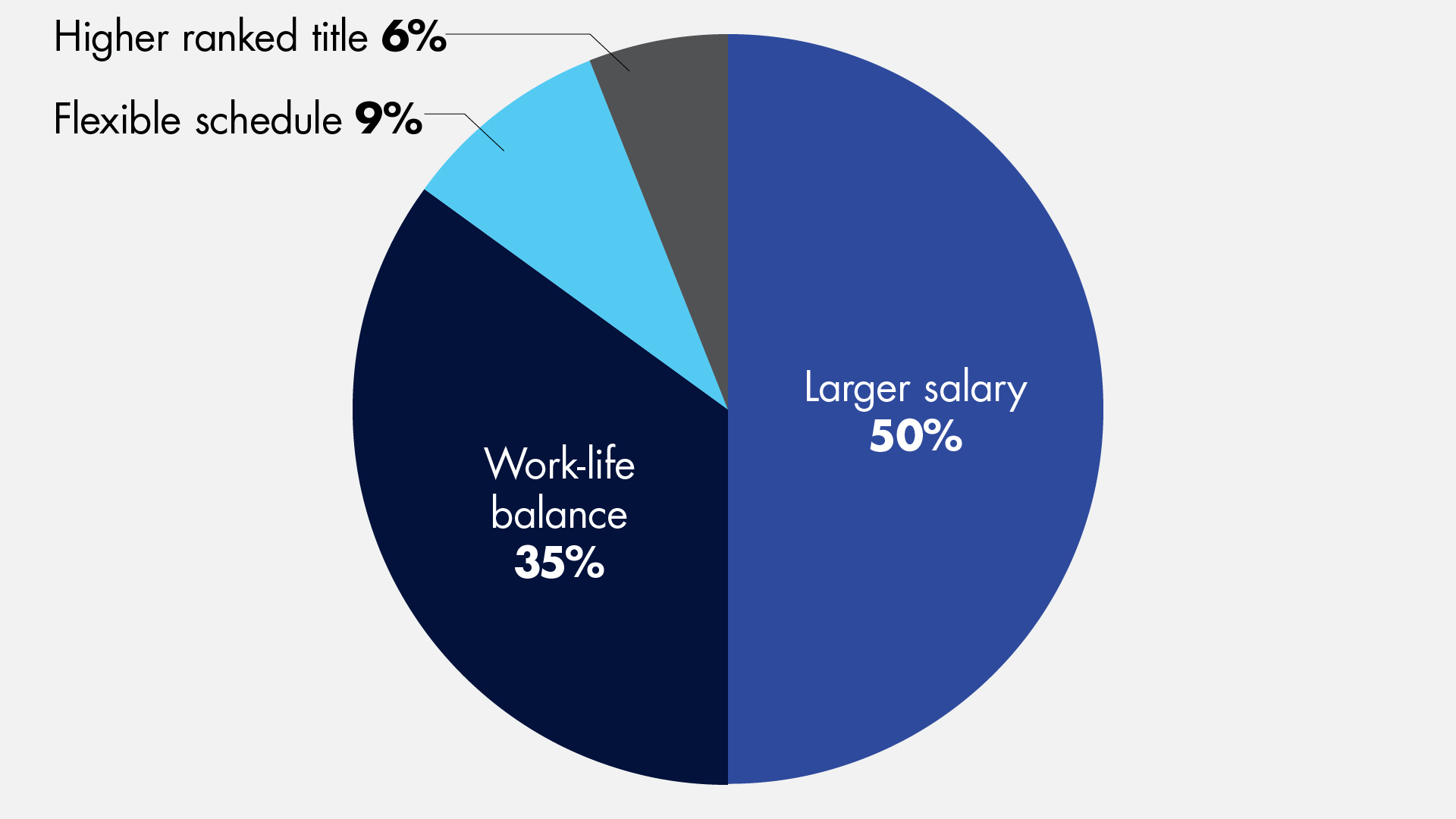What Can You Do About Medical Lab Staffing Shortages?
Solutions you can implement right away to address current lab staffing concerns and prepare for the future.

Shortages of skilled laboratory technical staff have been an issue in recent years due to several factors. Some issues include the declining number of accredited education programs and students attending them, increased demands on the workforce, and growing vacancy rates. According to the U.S. Bureau of Labor Statistics (BLS), there were approximately 329,200 clinical laboratory technologist and technician jobs in the US in 2021. Around 45 percent of these jobs were in hospital settings, 22 percent in medical and diagnostic laboratories, 10 percent in physician offices, five percent in schools and universities, and three percent in outpatient care centers. From 2021-2031, the job outlook for clinical laboratory technologists is predicted to grow by seven percent (as fast as the average). There are several solutions that can be implemented to combat staffing concerns laboratories are facing today and will likely face in the future.
Going forward, laboratory opportunities must be made aware to students at an early age. COVID-19 has made it difficult for students to participate in clinical rotations on site. Many sites shut down their rotations in order to avoid exposure. As a result, the pipeline of new medical technologists, medical laboratory technicians, and phlebotomists entering the workforce has been disrupted. Here are some steps to ensure you are casting the widest net possible in your search for the right candidates:
- Partner with medical technology and medical laboratory technician schools to recruit graduates
- Leverage social media
- Post on the laboratory or health system website job boards
- Partner with professional organizations like the American Society for Clinical Laboratory Science (ASCLS), American Society for Clinical Pathology (ASCP), American Medical Technologists (AMT), and others

Next, employees desire to feel a sense of value in the workplace. It is important to consider employees’ wants and needs to make their workspace the best it can be. According to a LinkedIn survey answered by 333 laboratory professionals, 50 percent of respondents revealed that a larger salary is of the utmost importance to them in their lab careers. Following that, 35 percent stated a work-life balance is most important, nine percent require a flexible work schedule, and six percent desire a higher ranked title. These are just a few of the wants laboratory employees are seeking in today’s job force.
Most employees today are looking for a good work-life balance, compensation and benefits, positive culture, effective management, challenging work, and flexible work arrangements. To help improve workforce recruitment and retention, labs are encouraged to promote professional development and job satisfaction. This can be done by providing financial incentives and considering factors such as flexible work schedules, benefits, regular pay increases, tuition assistance, and sign-on bonuses.
Today, laboratories are offering incentives to medical technologists (MTs) that have never been seen before. In the San Francisco Bay Area and San Diego, for example, laboratories are paying salaries as high as $150,000 and $180,000 to attract staff MTs with sign-on bonuses of more than $25,000. MT salaries offered by independent labs in some markets have roughly doubled since the start of the pandemic.
Looking toward the future, it is crucial that laboratories remain up to date with the latest technological advances, such as those in automation. Technology will save labs time and money—both of which are extremely valuable in today’s market. For example, in a clinical lab study, a laboratory decreased its staff by three positions and implemented automated technology. In doing so, productivity increased by 38 percent. Additionally, the cost per test decreased from $0.79 to $0.15 per test. Staff was then further decreased by 24 percent and, again, productivity increased by nearly 58 percent. There was an overall decrease in turnaround time by one full day and a reduction in labor costs by $232,650 a year, leading to a total cost decrease of 12.55 percent in one year for the lab financially. Automation is the future of the laboratory industry, and it is imperative that labs keep up with today’s advancements in order to save time and money.
As laboratorians continue to face headwinds with laboratory technical staff shortages, we need to be creative in building a pipeline of talent, understand what is most important to our people, and build programs around their needs. It is important to work together to address the laboratory staffing shortage crisis.
_________________________________________________________________________________________________________________________________________________
Edward Dooling has built and run several high-performing laboratories throughout his 25-year career. Prior to co-founding Vanguard Healthcare Staffing, Edward has held executive management positions at American Pathology Partners, Asterand, InformDx, and AmeriPath. Edward started his career as a top sales performer at DIANON Systems, having earned a series of promotions during his tenure there, including national sales trainer, regional sales manager, and director of sales and marketing. Before embarking on his professional career, Edward served our country as an officer in the United States Navy.
Subscribe to view Essential
Start a Free Trial for immediate access to this article